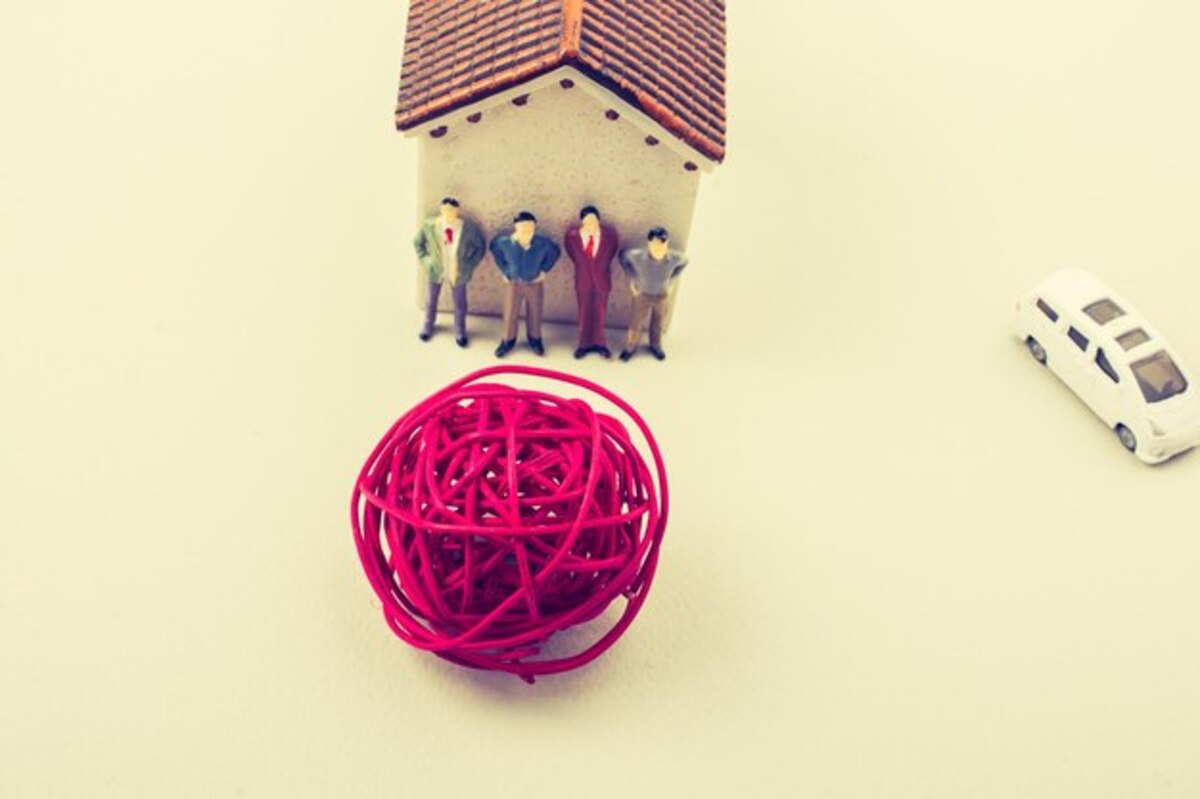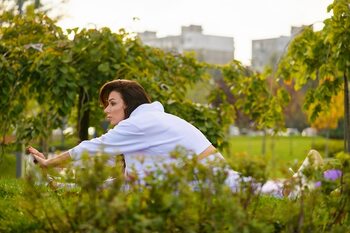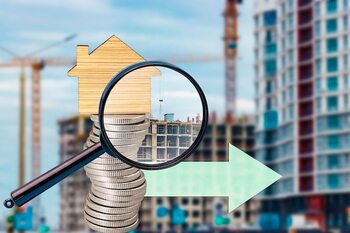The influence of cultural offerings on home value

The cultural offerings of a region can be a decisive factor in the value of a home. In Costa Rica, the dynamic between rural and urban creates interesting contrasts that affect property value. While vibrant cities provide access to galleries, theaters, and events, rural areas can delight with indigenous traditions and serene landscapes. This duality not only defines lifestyles but also crucial economic decisions for those looking to invest in their future. Discover how these cultural influences translate into real estate value.
Cultural wealth as an economic engine
The cultural wealth of a region stands as a fundamental economic engine that drives the value of homes. In Costa Rica, the cultural diversity, ranging from folk music to contemporary artistic expressions, not only enriches the life experience of its inhabitants but also attracts tourists and new residents seeking a vibrant lifestyle. This constant flow of visitors generates a direct impact on the real estate market, increasing the demand for properties located near cultural centers and creative events, which in turn raises their added value.
Additionally, communities with a robust cultural offer often have a stronger educational system and diversified job opportunities. The presence of theaters, museums, and festivals fosters a dynamic environment that attracts both young professionals and families interested in settling in areas where culture is an integral part of the social fabric. Thus, this intertwining of culture and economy reinforces the idea that investing in real estate within culturally rich spaces can be a wise decision for those seeking not only a home but also a quality of life enriched by unique and memorable experiences.
2. Comparison of cultural access in urban and rural environments
Access to culture in urban and rural environments presents a notable dichotomy that directly influences purchasing decisions and property value. In cities, residents enjoy a wide range of cultural activities including museums, festivals, concerts, and art exhibitions. This cultural buzz not only attracts new inhabitants but also increases the appeal of properties by making them more desirable for those seeking a dynamic lifestyle. Urban areas promote social interaction and cultural exchange, which can translate into a significant increase in real estate appreciation. On the other hand, rural areas offer a different cultural experience that focuses on the connection to nature and the preservation of local traditions. Residents in these areas can enjoy community events, craft fairs, and rooted cultural practices that provide a unique sense of belonging. Although access to certain cultural activities may be limited compared to cities, this rural authenticity has its own intrinsic value. For many potential buyers, especially those interested in a quieter or more sustainable lifestyle, this type of cultural offering can be equally appealing and positively impact home valuation. Thus, both urban and rural environments have their own cultural advantages that influence the real estate market from distinct yet complementary perspectives.
3. How local festivals impact the real estate market
Local festivals are a vibrant expression of a community's culture and heritage, and their impact on the real estate market can be significant. These events not only attract residents but also tourists, generating a steady flow of income for local businesses. The celebration of traditional festivals highlights the cultural identity of a region, making it a more attractive place to live. When communities become recognized cultural destinations, nearby properties tend to experience an increase in demand, thus driving up their value.
Additionally, the regularity of these festivals fosters a sense of community and belonging among the inhabitants. People seek to reside in places where they can enjoy recreational and social activities that strengthen their ties to the environment. This interest in being close to cultural events not only enhances the quality of life but also drives real estate appreciation. As developers recognize the economic potential behind these local celebrations, it is likely that investments in infrastructure and services around the area will increase, creating a positive cycle that benefits both residents and those looking to invest in properties.
4. The role of cultural institutions in the valuation of properties
Cultural institutions, such as museums, libraries, and art centers, play a fundamental role in enhancing property value by fostering a sense of community and belonging. These entities not only offer recreational and educational activities that enrich the everyday lives of residents but also attract tourists and visitors. The presence of a well-established cultural institution can transform a neighborhood into a desirable destination, thereby increasing the demand for housing in its vicinity. This rise in interest in local properties directly translates into greater appreciation for homeowners.
Moreover, cultural institutions are vehicles for preserving and promoting local identity, which can be a significant attraction for potential buyers. In regions where indigenous traditions and historical heritage are valued, having museums or community centers dedicated to these themes can elevate the status of the area. Investments in cultural infrastructure not only beautify the urban or rural environment but also generate economic opportunities through employment and tourism. In this way, cultural institutions not only enrich the cultural offerings of a region but are also essential catalysts in the appreciation of real estate value.
5. Lifestyles: What do current buyers prefer?
The lifestyle that current buyers seek is deeply influenced by the cultural offerings available in their environment. In the urban areas of Costa Rica, where access to cultural activities is easy and varied, buyers tend to value properties that allow them to enjoy a dynamic lifestyle. Proximity to theaters, museums, and social events not only translates into greater personal satisfaction but also implies a potential increase in property value. Urban residents often look for homes that provide comfort and connection to this vibrant cultural offering, making these areas highly competitive in the real estate market. On the other hand, those who prefer a quieter lifestyle connected to nature may opt for residences in rural areas. Here, the rich local culture, indigenous traditions, and stunning landscapes offer a different yet equally valuable quality of life. The preference for spacious areas and serene environments may lead these buyers to pay considerable prices to secure their retreat away from urban bustle. Thus, both rural and urban culture shape purchasing decisions, reflecting how personal preferences directly influence the perceived value of a home in each specific context.
Additionally, it is important to consider how lifestyles are changing over time; more and more people are seeking a balance between urban and rural. This phenomenon has led to growth in peri-urban areas where properties that combine accessibility to cultural services with tranquil natural environments can be found. Buyers are increasingly aware of the positive impact this balance has on their overall well-being, which also translates into an appreciation of real estate value as these preferences evolve. Ultimately, current lifestyles are direct reflections of the available cultural offerings and mark significant trends in the Costa Rican real estate market. Decisions about where to settle not only affect the individual or family owner but also impact the valuation of the surrounding area. This creates a continuous cycle where cultural offerings modify purchasing habits and vice versa; thus, a unique community is forged capable of attracting both new residents and investors interested in capitalizing on this enriching cultural duality.
6. The connection between cultural tourism and residential added value.
The connection between cultural tourism and residential added value is undeniable, especially in a country like Costa Rica, where cultural wealth attracts both visitors and potential residents. Properties located near cultural centers, museums, and festivals often experience an increase in their value. Tourists seek authenticity and experiences that go beyond the superficial; therefore, areas that offer access to local traditions, art, and gastronomy become magnets for not only the occasional traveler but also for those who wish to settle in an enriching environment. This demand creates a positive spiral that elevates the value of land and nearby constructions.
Furthermore, cultural tourism fosters the creation of infrastructure that benefits both visitors and residents. Improvements in public services, transportation, and accessibility can lead to a significant increase in the attractiveness of a locality. As investment in these cultural environments grows, the quality of life for those who choose to live there also improves. Thus, the cycle between cultural offerings and residential value is mutually reinforced: by attracting more visitors and investors interested in properties with cultural added value, an ecosystem is established where every aspect contributes to the overall well-being of the community.
7. Public spaces: Their influence on the perception of home
The interaction between public spaces and the perception of home is a fundamental aspect that impacts property values. In urban environments, parks, plazas, and recreational areas not only provide a place for leisure but also promote social cohesion and a sense of community. A neighborhood with good public spaces tends to be perceived as more attractive, which can significantly increase its value. The quality and design of these spaces are crucial; a well-maintained park or a vibrant plaza can transform how residents value their immediate surroundings.
On the other hand, in rural contexts, public spaces assume a different role as they are intrinsically linked to cultural traditions and local heritage. Community festivals, craft fairs, and local markets are examples of how these places can enrich daily life, strengthening cultural identity and generating a sense of belonging. This emotional connection to the environment can influence the decision to buy or rent, as many people seek not only a physical property but also a life experience that reflects their values and lifestyle. Thus, both in urban and rural settings, public spaces become essential catalysts for defining the perception of home and its corresponding economic value.
8. Investments in cultural infrastructure: Benefit or risk?
Investments in cultural infrastructure, such as the construction of museums, theaters, and community centers, can act as a double-edged sword in the context of home values. On one hand, these investments generate an increase in the cultural offering of a region, which can attract new residents and tourists, thus increasing the demand for nearby properties. This translates into potential capital gains for local homeowners, who benefit from the revitalization of the area and the enrichment of their social environment. However, not all investments are well-received; some can provoke gentrification or the displacement of established communities, generating tensions between newcomers and original residents.
On the other hand, it is essential to consider how these initiatives impact the sense of identity and social cohesion within communities. While some people may view the arrival of new cultural offerings as an opportunity to improve their quality of life, others may perceive these changes as risks that threaten their cultural heritage and traditional way of life. Thus, investments in cultural infrastructure must be carefully evaluated for their potential economic benefits against the associated social risks. Ultimately, the balance between development and inclusion will be crucial to ensure that all stakeholders can enjoy economic growth without sacrificing their community essence.
9. Testimonials about cultural experiences that enhance the value of home
Testimonials from people who have decided to settle in various regions of Costa Rica reveal how the cultural offerings can transform not only their quality of life but also the value of their homes. Many homeowners emphasize that living close to cultural centers, such as theaters and museums, has enriched their daily experience and fostered a sense of community among neighbors. The opportunity to enjoy local festivals, art fairs, and cultural activities contributes to a vibrant atmosphere that attracts both residents and tourists, thereby increasing the property values in these areas. These accounts demonstrate that culture is not just a secondary aspect but a fundamental element that directly influences real estate appeal.
On the other hand, the inhabitants of rural areas share equally valuable experiences. Here, the contact with ancestral traditions and the natural beauty of the surroundings becomes a refuge for those seeking to escape urban hustle. The testimonies highlight how the local cultural heritage, from folk dances to typical gastronomy, not only preserves community identity but also makes these properties more desirable for those interested in a quieter and more authentic life. This phenomenon underscores how cultural experiences can be decisive when valuing a home; it is not simply a physical space, but a place where a rich history is lived and meaningful memories are built.
10. Future projections: Cultural trends and their impact on the real estate sector
Future projections in the real estate sector are inextricably linked to the cultural trends emerging in society. As lifestyles change and the priorities of younger generations evolve, there is a growing interest in communities that integrate accessible and sustainable cultural spaces. For example, the demand for properties near artistic centers, local markets, and community activities is on the rise, suggesting that buyers increasingly value quality of life over mere geographical location. This cultural shift not only affects individual decisions but also redefines the landscape of urban and real estate development.
Moreover, the impact of cultural tourism also plays a fundamental role in the real estate sector. Regions that promote a rich cultural offering tend to attract both permanent residents and investors interested in vacation rentals or properties for tourism. This creates a cycle where the appreciation of real estate is driven by the influx of visitors and the interest in authentic experiences. The ability of a region to offer festivals, art exhibitions, and traditional events can significantly influence its overall appeal, thereby raising home values and transforming previously neglected areas into desirable places to live and invest.



